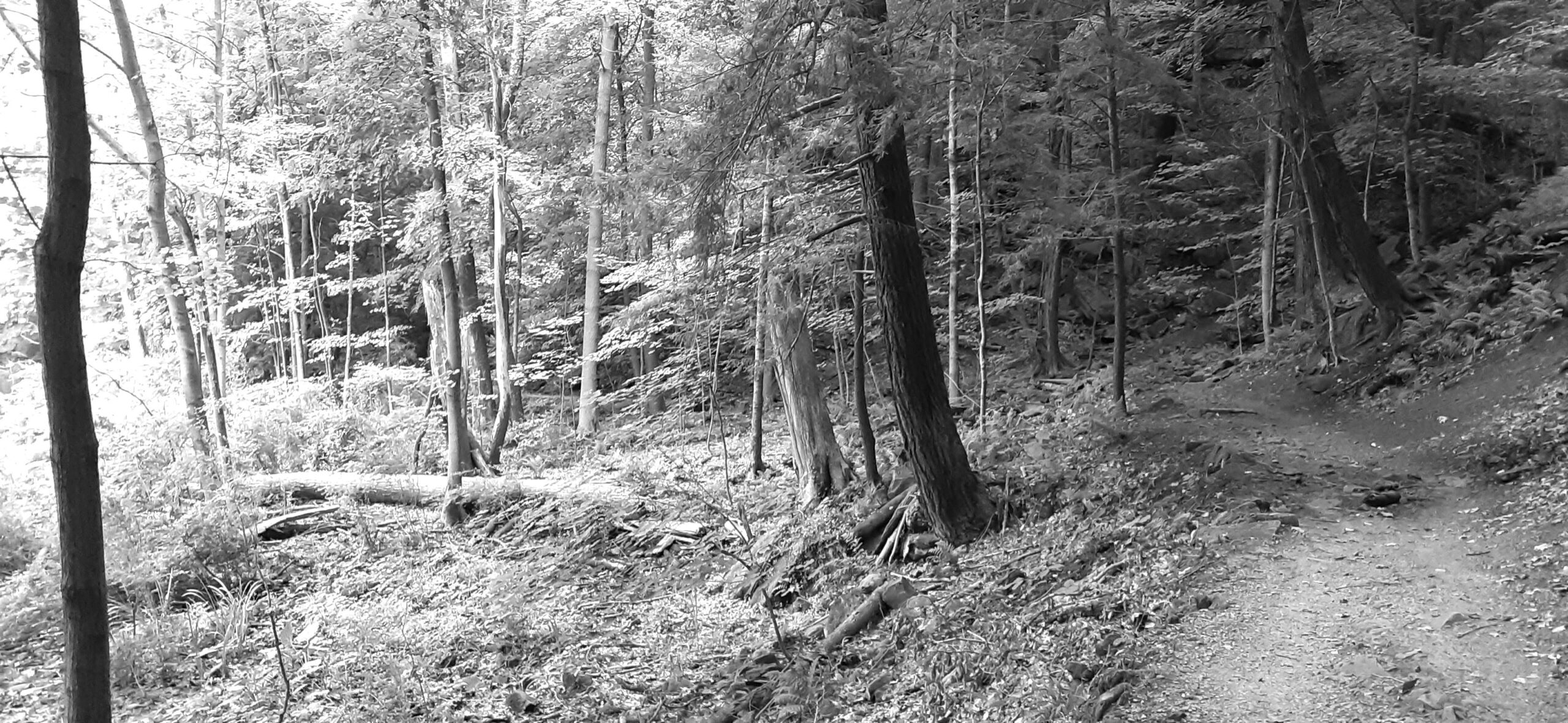By Christopher Gillett
Recently, the development of historic trails in the Mahoning Valley has been held back due to court litigation from some property owners. Jacob Harver, a Youngstown State University American studies graduate student, is doing his final project on potential new historic trails that can be developed.
Recently, property owners have fought against the acquisition of the land for the trail. According to WFMJ, the owners argue that since the property has been in their family for three generations, there should not be a trail created from it. Alongside winning in court, they have also received support from local and state politicians, including Ohio Gov. Mike DeWine.
Harver does not deal with the property owners directly and is not on the Mill Creek MetroParks board – who the property owners are fighting in court – but his project involves arguing for the completion of the trail.
Part of Harver’s project is to document the history of transportation in the Valley. The objecting owners’ property runs on what was once a rail line along the potential trail from Lisbon, Ohio, in the south all the way to Ashtabula, Ohio, in the north. Their property is just north of Lisbon. He argued hiking trails have historically benefited communities, and any objections did not hold ground.
“Around Kent, Ohio, the Portage County Hike and Bike trail, between Ravenna [Ohio] and Kent, I was doing some research, there on the formation of the trail there in the late 90s and you had property owners objecting to it and in the end everyone loves the trail now,” he said.
According to Cornell Law School, “Eminent domain refers to the power of the government to take private property and convert it to public use.”
Often when the federal, state or local governments need private property for an infrastructure project they enact eminent domain.
The government is supposed to provide fair compensation to the property owner for the loss of their property. Eminent domain has been employed throughout American history for many different projects. It is also very controversial, and this is not the first time someone has objected to its use.
Harver argued that the representatives backing the property owners were hypocritical.
“The problem is that they’re really politicizing the process, too. So you get a representative like [Alessandro] Cutrona, a Republican who is all for eminent domain when it comes to [Donald] Trump’s border wall, but not when it comes to transportation,” he said.
This will be Harver’s last project before he graduates this semester, and his research will be displayed in Maag Library starting April 28.
